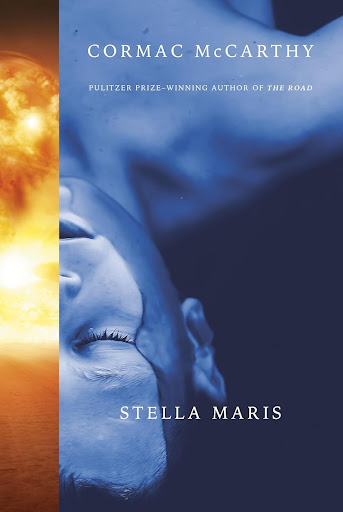Nonfiction Readers' Advisory Matrix: Underland: A Deep Time Journey by Robert Macfarlane
1. Where is the book on the narrative continuum?
A mix: combines highly narrative moments with periods of fact-based prose
2. What is the subject of the book?
Literally, the underground: tombs and catacombs, underground cities, escape routes and secret passages, root systems and fungal networks, divers and dark matter scientists, etc. Macfarlane explores the underground as a place in which humans have always hidden treasures, stored secrets, and mined/exploited resources. He uses this exploration to develop insights into the four billion-year history of Earth, as well as the impact and future of humanity.
3. What type of book is it?
Science/nature, with a lot of narrative and biographical elements.
4. Articulate appeal:
What is the pacing of the book?
Most sections are leisurely, lyrical, and immersive, but there are some fast-paced sections that are mainly focused on facts. Some of the scientific information takes a while to grasp, but it's never super slow or dense.
Describe the characters of the book.
The author describes his real-life interactions with many others, including scientists, adventurers, and his own son. He shows the unique personalities of each.
How does the story feel?
The nature writing is lovely and almost magical at times. The book is often warm and reassuring, but it also has harrowing and unsettling moments.
What is the intent of the author?
Largely, the intention is to teach readers more about the significance of "the underground" in human history and experience. Macfarlane definitely also wants to spur readers to a greater sense of responsibility for the environment, the Earth, and the preservation of culture. Several parts of the book are also explicitly anti-war.
What is the focus of the story?
Macfarlane's travels around the world, the places he explores and the people he meets.
Does the language matter?
Yes. The underground spaces are richly described, and the author uses a lot of figurative language to illustrate connections between nature and human emotions and relationships.
Is the setting important and well-described?
Absolutely. But at times, it's hard to picture the various settings because there is so much detail, lyrical language, and jargon.
Are there details and, if so, of what?
Yes, mainly describing the physical characteristics of the settings. There is also a good amount of historical and scientific detail, as well as details about characters.
Are there sufficient charts and other graphic materials? Are they useful and clear?
I listened to the audiobook, so I actually don't know if there are any charts or graphic materials.
Does the book stress moments of learning, understanding, or experience?
Yes. There are several moments in which Macfarlane describes his own personal epiphanies and insights, sometimes related to the book's subject matter, and sometimes just about his own life and relationships.
Why would a reader enjoy this book?
1. Learning/experience
2. Lyrical prose
3. Rich detail



First off I love the cover, second off - your appeals definitely make me want to pick this up! Great job!
ReplyDelete